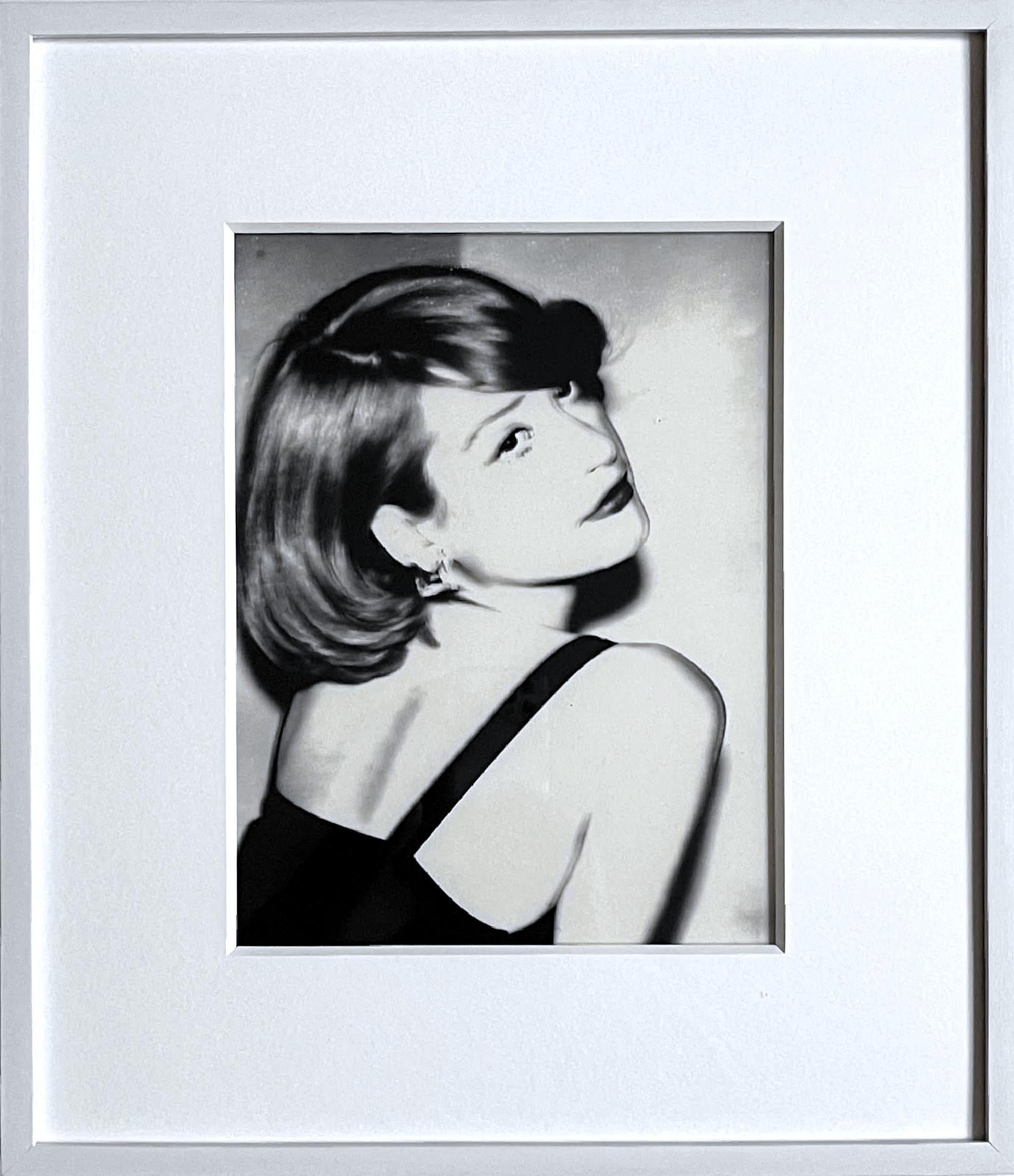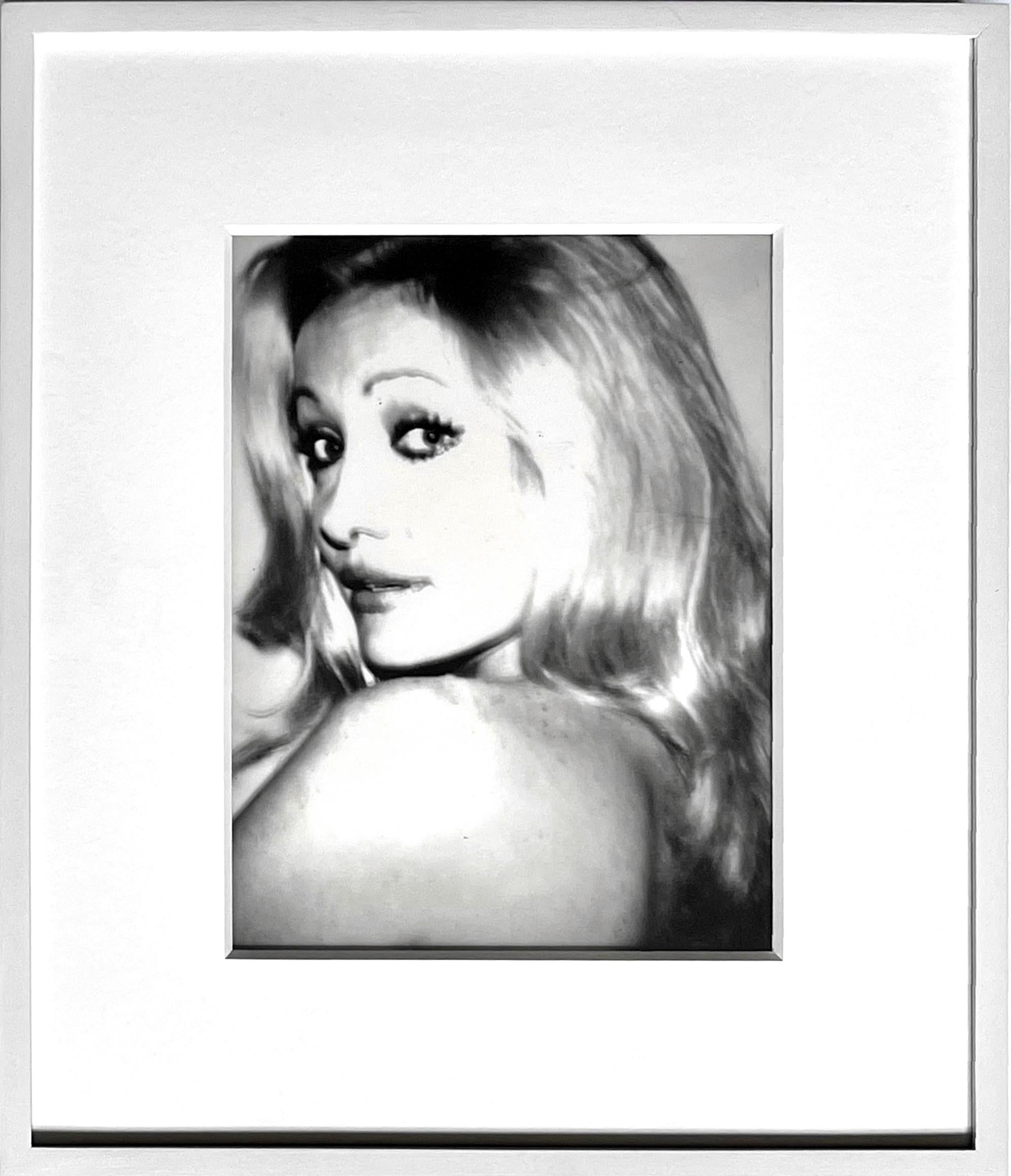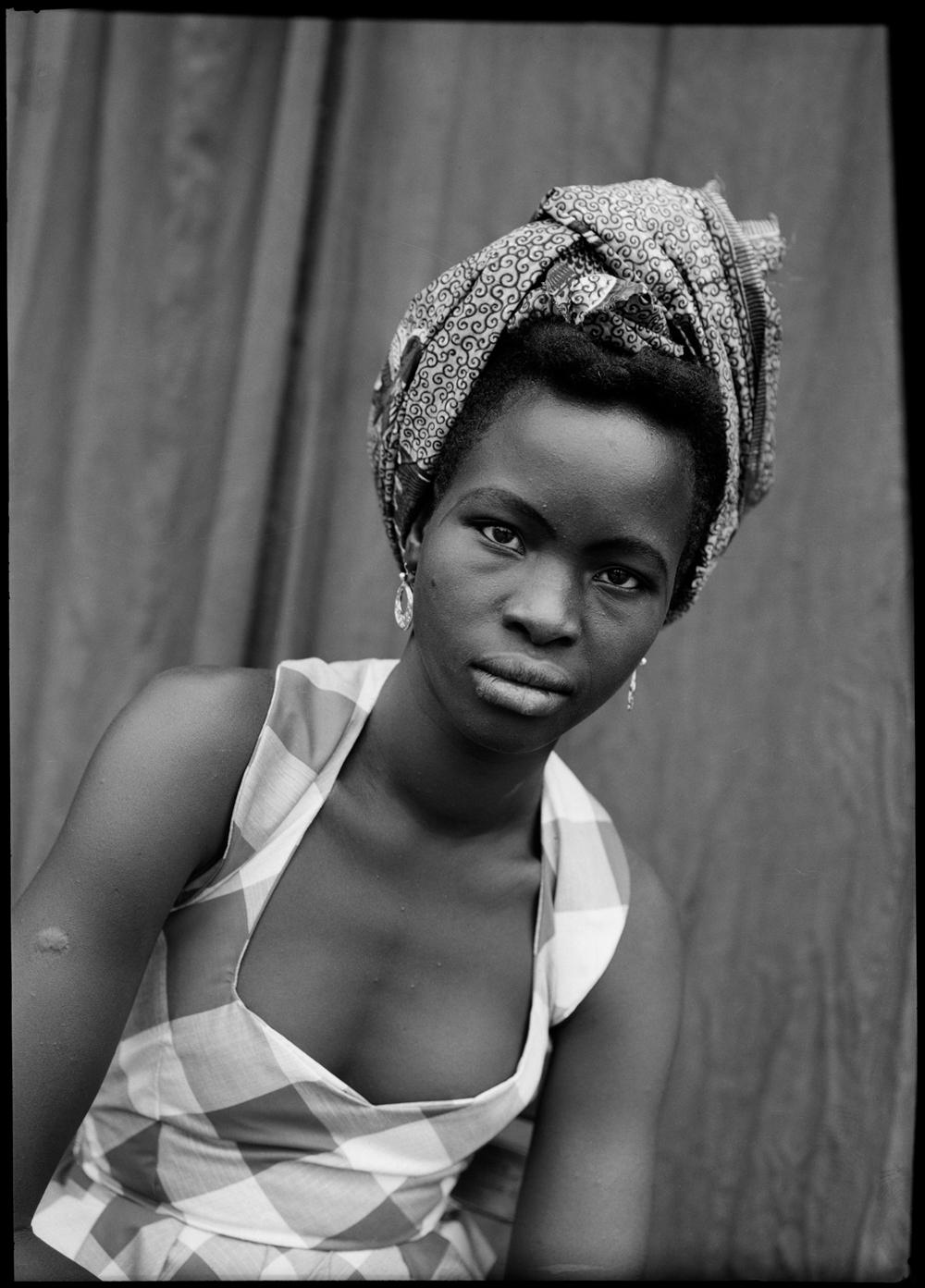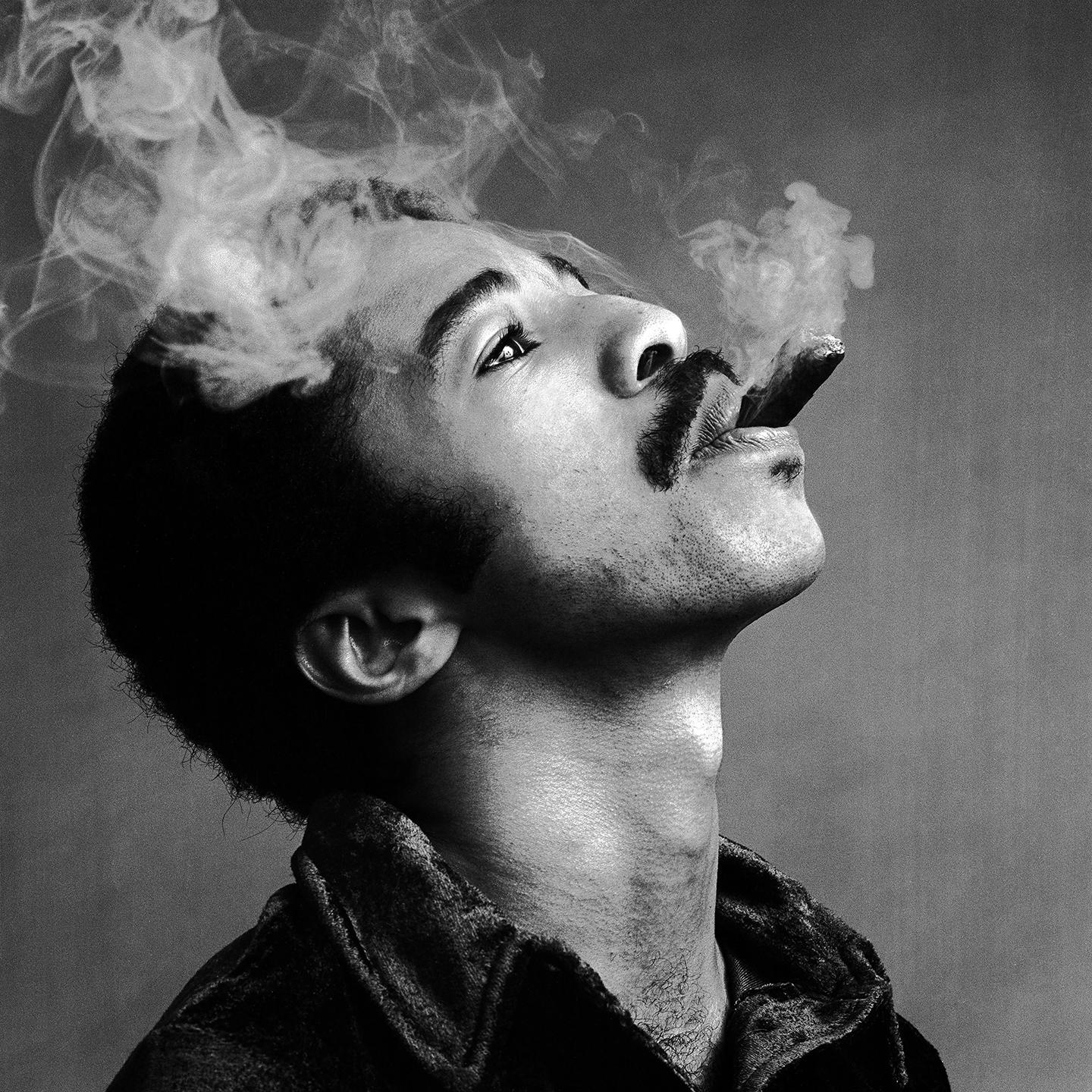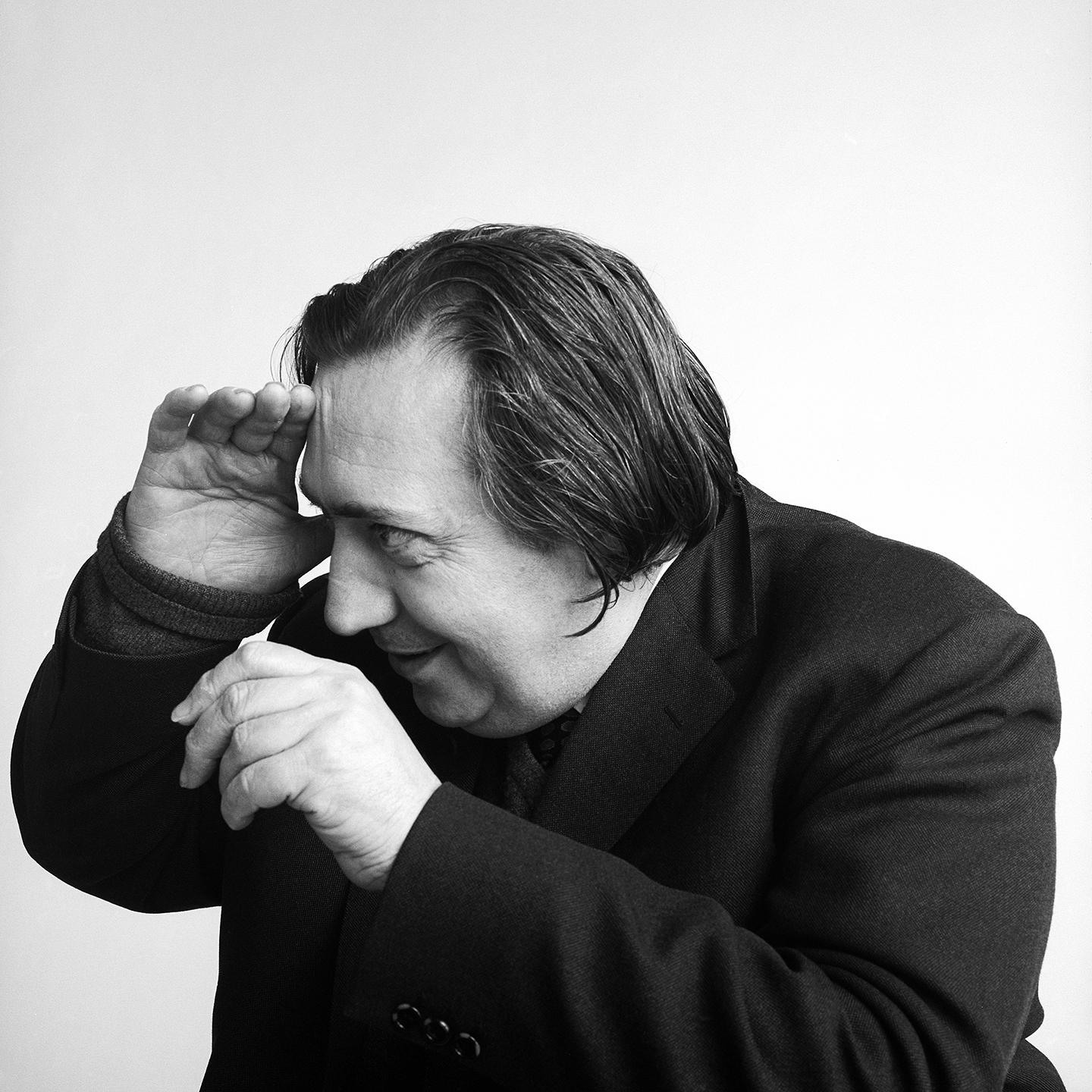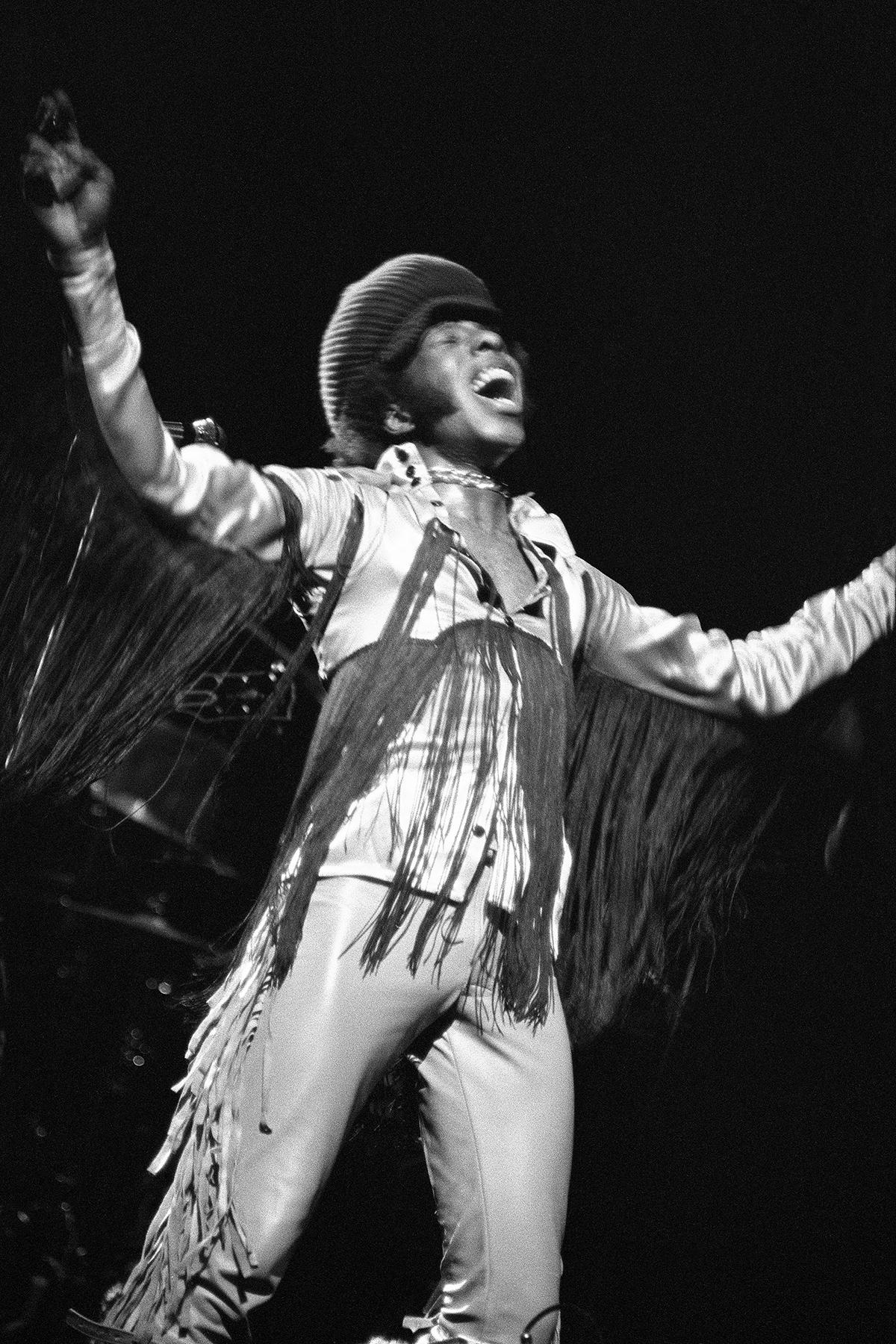Andy WarholMarcel Proustca. 1976
ca. 1976
About the Item
- Creator:Andy Warhol (1928 - 1987, American)
- Creation Year:ca. 1976
- Dimensions:Height: 17.75 in (45.09 cm)Width: 14.75 in (37.47 cm)Depth: 1.5 in (3.81 cm)
- Medium:
- Movement & Style:
- Period:
- Condition:In original studio vintage condition as delivered and handled by Andy Warhol.
- Gallery Location:New York, NY
- Reference Number:1stDibs: LU1745213352302
Andy Warhol
The name of American artist Andy Warhol is all but synonymous with Pop art, the movement he helped shape in the 1960s. He is known for his clever appropriation of motifs and images from popular advertising and commercials, which he integrated into graphic, vibrant works that utilized mass-production technologies such as printmaking, photography and silkscreening. Later in his career, Warhol expanded his oeuvre to include other forms of media, founding Interview magazine and producing fashion shoots and films on-site at the Factory, his world-famous studio in New York.
Born and educated in in Pittsburgh, Warhol moved to New York City in 1949 and built a successful career as a commercial illustrator. Although he made whimsical drawings as a hobby during these years, his career as a fine artist began in the mid-1950s with ink-blot drawings and hand-drawn silkscreens. The 1955 lithograph You Can Lead a Shoe to Water illustrates how he incorporated in his artwork advertising styles and techniques, in this case shoe commercials.
As a child, Warhol was often sick and spent much of his time in bed, where he would make sketches and put together collections of movie-star photographs. He described this period as formative in terms of his skills and interests. Indeed, Warhol remained obsessed with celebrities throughout his career, often producing series devoted to a famous face or an object from the popular culture, such as Chairman Mao or Campbell’s tomato soup. The 1967 silkscreen Marilyn 25 embodies his love of bright color and famous subjects.
Warhol was a prominent cultural figure in New York during the 1960s, ’70s and ’80s. The Factory was a gathering place for the era’s celebrities, writers, drag queens and fellow artists, and collaboration was common. To this day, Warhol remains one of the most important artists of the 20th century and continues to exert influence on contemporary creators.
Find a collection of original Andy Warhol art on 1stDibs.
- ShippingRetrieving quote...Ships From: New York, NY
- Return PolicyA return for this item may be initiated within 1 day of delivery.
- Nicola (Nicky) WeymouthBy Andy WarholLocated in New York, NYAndy Warhol Nicola (Nicky) Weymouth, ca. 1976 Acetate positive, acquired directly from Chromacomp, Inc. Andy Warhol's printer in the 1970s. Accompanied by a Letter of Provenance from the representative of Chromacomp Unique Frame included: Elegantly framed in a museum quality white wood frame with UV plexiglass: Measurements: Frame: 18 x 15.5 x 1.5 inches Acetate: 11 x 8 inches This is the original, unique photographic acetate positive taken by Andy Warhol as the basis for his portrait of Nicky Weymouth, that came from Andy Warhol's studio, The Factory to his printer. It was acquired directly from Chromacomp, Inc. Andy Warhol's printer in the 1970s. It is accompanied by a Letter of Provenance from the representative of Chromacomp. This is one of the images used by Andy Warhol to create his iconic portrait of the socialite Nicola Samuel Weymouth, also called Nicky Weymouth, Nicky Waymouth, Nicky Lane Weymouth or Nicky Samuel. Weymouth (nee Samuel) was a British socialite, who went on to briefly marry the jewelry designer Kenneth Lane, whom she met through Warhol. This acetate positive is unique, and was sent to Chromacomp because Warhol was considering making a silkscreen out of this portrait. As Bob Colacello, former Editor in Chief of Interview magazine (and right hand man to Andy Warhol), explained, "many hands were involved in the rather mechanical silkscreening process... but only Andy in all the years I knew him, worked on the acetates." An acetate is a photographic negative or positive transferred to a transparency, allowing an image to be magnified and projected onto a screen. As only Andy worked on the acetates, it was the last original step prior to the screenprinting of an image, and the most important element in Warhol's creative process for silkscreening. Warhol realized the value of his unique original acetates like this one, and is known to have traded the acetates for valuable services. This acetate was brought by Warhol to Eunice and Jackson Lowell, owners of Chromacomp, a fine art printing studio in NYC, and was acquired directly from the Lowell's private collection. During the 1970s and 80s, Chromacomp was the premier atelier for fine art limited edition silkscreen prints; indeed, Chromacomp was the largest studio producing fine art prints in the world for artists such as Andy Warhol, Leroy Neiman, Erte, Robert Natkin, Larry Zox, David Hockney and many more. All of the plates were done by hand and in some cases photographically. Famed printer Alexander Heinrici worked for Eunice & Jackson Lowell at Chromacomp and brought Andy Warhol in as an account. Shortly after, Warhol or his workers brought in several boxes of photographs, paper and/or acetates and asked Jackson Lowell to use his equipment to enlarge certain images or portions of images. Warhol made comments and or changes and asked the Lowells to print some editions; others were printed elsewhere. Chromacomp Inc. ended up printing Warhol's Mick Jagger Suite and the Ladies & Gentlemen Suite, as well as other works, based on the box of photographic acetates that Warhol brought to them. The Lowell's allowed the printer to be named as Alexander Heinrici rather than Chromacomp, since Heinrici was the one who brought the account in. Other images were never printed by Chromacomp- they were simply being considered by Warhol. Warhol left the remaining acetates with Eunice and Jackson Lowell. After the Lowells closed the shop, the photographs were packed away where they remained for nearly a quarter of a century. This work is exactly as it was delivered from the factory. Unevenly cut by Warhol himself. This work is accompanied by a signed letter of provenance from the representative of Chromacomp, Andy Warhol's printer for many of his works in the 1970s. About Andy Warhol: Isn’t life a series of images that change as they repeat themselves? —Andy Warhol Andy Warhol’s (1928–1987) art encapsulates the 1960s through the 1980s in New York. By imitating the familiar aesthetics of mass media, advertising, and celebrity culture, Warhol blurred the boundaries between his work and the world that inspired it, producing images that have become as pervasive as their sources. Warhol grew up in a working-class suburb of Pittsburgh. His parents were Slovak immigrants, and he was the only member of his family to attend college. He entered the Carnegie Institute of Technology (now Carnegie Mellon University) in 1945, where he majored in pictorial design. After graduation, he moved to New York with fellow student Philip Pearlstein and found steady work as a commercial illustrator at several magazines, including Vogue, Harper’s Bazaar, and the New Yorker. Throughout the 1950s Warhol enjoyed a successful career as a commercial artist, winning several commendations from the Art Directors Club and the American Institute of Graphic Arts. He had his first solo exhibition at the Hugo Gallery in 1952, showing drawings based on the writings of Truman Capote; three years later his work was included in a group show at the Museum of Modern Art for the first time. The year 1960 marked a turning point in Warhol’s prolific career. He painted his first works based on comics and advertisements, enlarging and transferring the source images onto canvas using a projector. In 1961 Warhol showed these hand-painted works, including Little King (1961) and Saturday’s Popeye (1961), in a window display at the department store Bonwit Teller; in 1962 he painted his famous Campbell’s Soup Cans, thirty-two separate canvases, each depicting a canned soup of a different flavor. Soon after, Warhol began to borrow not only the subject matter of printed media, but the technology as well. Incorporating the silkscreen technique, he created grids of stamps, Coca-Cola bottles, shipping and handling labels, dollar bills, coffee labels...Category
1970s Pop Art Black and White Photography
MaterialsPhotographic Film
- Baroness de Waldner - unique acetate of Brazilian actress, with provenanceBy Andy WarholLocated in New York, NYAndy Warhol Baroness de Waldner, ca. 1975 Unique Acetate positive This piece comes with a signed letter of provenance from the representative of Chromacomp, Warhol's printer. Frame i...Category
1970s Pop Art Portrait Photography
MaterialsPhotographic Film, Mixed Media
- Andy Warhol in Paris with Sitting Bird, 1976By Michael ChildersLocated in New York, NYMichael Childers Andy Warhol in Paris with Sitting Bird 1976, 2007 Photographic print hand signed in black felt tip pen lower right front; the back be...Category
1970s Pop Art Black and White Photography
MaterialsPhotographic Paper, Permanent Marker
- Andy Warhol in New York, 1976, 2007, hand signed photograph 8/60 for MuseumBy Michael ChildersLocated in New York, NYMichael Childers Andy Warhol in New York, 1976, 2007 Photographic print Signed and numbered 8/60 on the front in black felt tip marker Frame included ...Category
Early 2000s Pop Art Black and White Photography
MaterialsPhotographic Paper, Permanent Marker
- Ivan KarpBy Andy WarholLocated in New York, NYAndy Warhol Portrait of Ivan Karp, ca. 1975 Acetate negative acquired directly from Chromacomp, Inc. Andy Warhol's printer in the 1970s. Accompanied by a Letter of Provenance and Au...Category
1970s Pop Art Black and White Photography
MaterialsPhotographic Paper
- Portrait of Andy Warhol, hand signed by BOTH Andy Warhol and Christopher MakosLocated in New York, NYChristopher Makos, Andy Warhol Portrait of Andy Warhol taken by photographer Christopher Makos (Hand signed by BOTH Andy Warhol and Christopher Makos), 1986 Gelatin Silver Print, hand signed and annotated by Andy Warhol, Hand signed by Christopher Makos with studio stamp and copyright Hand signed and annotated "Xtra" by Andy Warhol; hand signed, dated and stamped by Christopher Makos with copyright Frame included: elegantly framed in a museum quality wood frame with UV plexiglass; there is a die cut window on the back to reveal the signatures, annotations and copyright stamp A rare proof hand signed by both photographer and subject: Hand signed and annotated "Xtra" by Andy Warhol on the back; hand signed, dated and stamped by Christopher Makos with this copyright Measurements: Frame: 19 x 16.75 x 1.75 inches Photograph: 12.25 x 10.25 inches About Christopher Makos: Christopher Makos was born in Lowell, Massachusetts, grew up in California, and moved to New York after high school. He studied architecture in Paris and briefly worked as an apprentice to Man Ray. Andy Warhol, Makos' good friend and frequent portrait subject, called Makos "the most modern photographer in America." His photographs have been exhibited in galleries and museums such as the Guggenheim Museum in Bilbao, the Tate Modern in London, the Whitney Museum of American Art in New York, the IVAM in Valencia (Spain) and the Reina Sofia Museum in Madrid. His pictures have appeared in magazines and newspapers, including Paris Match and Wall Street Journal. He is the author of several important books, like the volumes Warhol/Makos In Context (2007), Andy Warhol China...Category
1980s Pop Art Black and White Photography
MaterialsSilver Gelatin, Pencil
- Untitled PortraitBy Seydou KeïtaLocated in New York, NYListing includes framing with UV Plexi ($900 value), free shipping, and a 14-day return policy. Seydou Keïta Untitled Portrait, 1952 - 1955 (02158) 23...Category
1950s Black and White Photography
MaterialsPhotographic Film, Photographic Paper, Silver Gelatin
- Loudon Wainwright IIIBy Jack RobinsonLocated in Memphis, TNSinger, songwriter Loudon Wainwright, III is seen here from a September, 1971 session. The 24 year old Wainwright had already released two albums by the time this photograph was take...Category
1970s Black and White Photography
MaterialsPhotographic Film, Photographic Paper, Archival Pigment
- Paul McCartneyBy Jack RobinsonLocated in Memphis, TNThe Beatles announced the formation of their record label, Apple Records, at a press conference at the Americana Hotel in New York in May, 1968. This photograph of Paul McCartney...Category
1960s Black and White Photography
MaterialsPhotographic Film, Photographic Paper, Archival Pigment
- Sol LeWittBy Jack RobinsonLocated in Memphis, TNSilver gelatin print on Ilford Galerie Baryta paper Edition of 25 Estate signed and stamped 18.5" x 18.5" print on 20" x 24" paper We print on Thursdays. Prints typically ship ou...Category
1960s Black and White Photography
MaterialsPhotographic Film, Photographic Paper, Archival Pigment
- Julie Christie, Silver Gelatin PrintBy Jack RobinsonLocated in Memphis, TNJulie Christie was born in Assam, India where her father was a British tea planter. Educated in England and France, she developed into a stage actress, ...Category
1960s Black and White Photography
MaterialsPhotographic Film, Photographic Paper, Silver Gelatin
- James Caan, Silver Gelatin PrintBy Jack RobinsonLocated in Memphis, TNBorn in the Bronx, played football at Michigan State, and for several years a rodeo rider nicknamed “the Jewish cowboy,” James Caan was one of the most exciting and rugged stars to e...Category
1970s Black and White Photography
MaterialsPhotographic Film, Photographic Paper, Silver Gelatin
Recently Viewed
View AllRead More
Andy Warhol Piles Up the Gifts in This Fanciful Christmas Print
Created in the late 1950s, it’s one of a surprising number of holiday-themed works by the prolific Pop artist.
Jordan Schnitzer Started Collecting Warhol Prints Very Early — and Never Stopped
The Portland, Oregon, native has amassed a collection of art so outstanding that multiple museums bear his name and several exhibitions at any given time are showing pieces he owns. We caught up with Schnitzer to find out how he got started collecting Warhol and where his pieces can be found right now.
